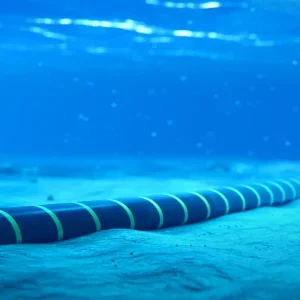Researchers from the UK’s University of Bristol have developed a man-made diamond “battery” which can generate power when placed near a radioactive field. The technology can make use of nuclear waste to provide the radioactive field. University Interface Analysis Centre materials professor and a member of the Cabot Institute Tom Scott said: “There are no moving parts involved, no emissions generated and no maintenance required, just direct electricity generation.
He added: “We envision these batteries to be used in situations where it is not feasible to charge or replace conventional batteries. Obvious applications would be in low-power electrical devices where long life of the energy source is needed, such as pacemakers, satellites, high-altitude drones or even spacecraft….By encapsulating radioactive material inside diamonds, we turn a long-term problem of nuclear waste into a nuclear-powered battery and a long-term supply of clean energy.”
The team has already developed and demonstrated a prototype diamond battery using Nickel-63 as the source of radiation. It is now working to develop a diamond battery using carbon-14 as radiation source in order to significantly improve efficiency. Radioactive carbon-14 is generated in graphite blocks used to moderate some types of reactor.
Research at Bristol has shown that the radioactive carbon-14 is concentrated at the surface of these blocks, making it possible to process it to remove the majority of the radioactive material. The extracted carbon-14 is then incorporated into a diamond to produce a nuclear-powered battery. The UK currently holds almost 95,000t of graphite blocks, the university noted, and by extracting carbon-14 from them, their radioactivity decreases, reducing the cost and challenge of safely storing this nuclear waste.
The carbon-14 was selected as it emits short-range radiation which is quickly absorbed by solid materials. University of Bristol, School of Chemistry CVD Diamond Lab member Dr Neil Fox said: “This would make it dangerous to ingest or touch with your naked skin, but safely held within diamond, no short-range radiation can escape. In fact, diamond is the hardest substance known to man, there is literally nothing we could use that could offer more protection.”
This new method for radioactive energy was presented at the Cabot Institute's annual lecture – Ideas to Change the World – on 25 November. The Cabot Institute is the university's first flagship cross-disciplinary research institute.






